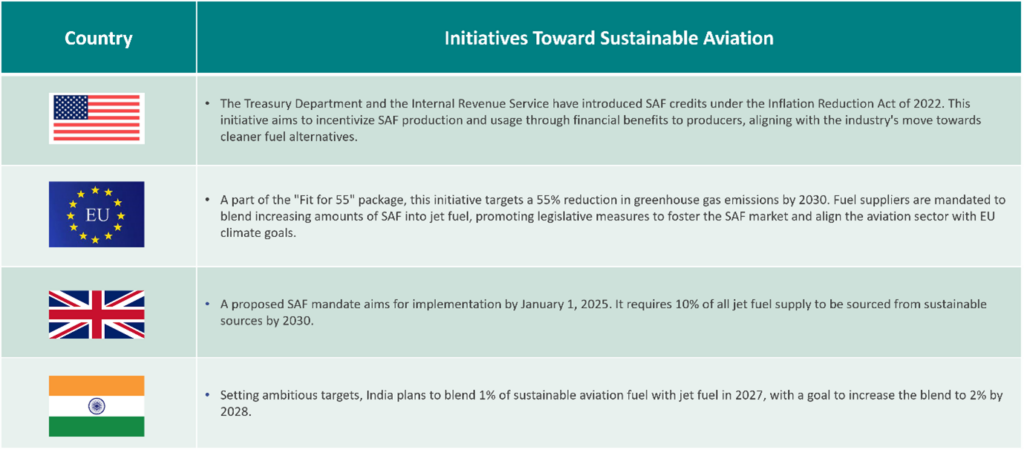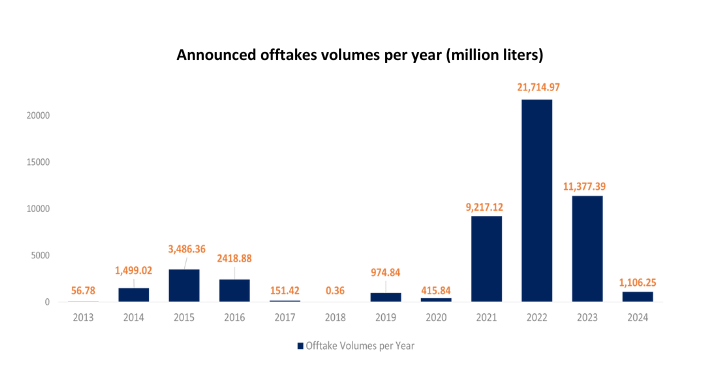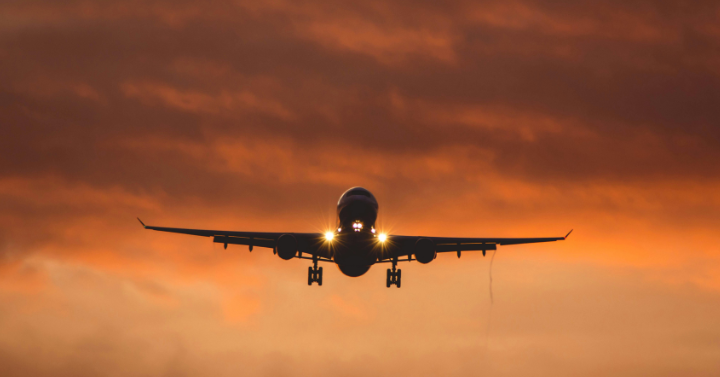Air travel has become an integral part of our interconnected world, with airplanes taking off globally at an astounding rate — scheduled commercial traffic alone exceeds 400 departures per hour. Fast forward to the mid-2030s, we anticipate no fewer than 200,000 flights per day crisscrossing the skies globally. However, the aviation sector not only contributes between 2–3% of global CO2 emissions but also releases other greenhouse gases and pollutants at high altitudes.
With the aviation sector on a robust growth trajectory, there comes a corresponding challenge of a significant increase in its carbon footprint. This looming threat underscores the urgent need for sustainability measures to curb carbon emissions and address the impending challenge of climate change.
Enter Sustainable Aviation Fuel
In this evolving scenario, sustainable aviation fuel (SAF) emerges not only as a solution but also as a pivotal avenue toward achieving eco-friendly skies. SAF is a liquid fuel that is produced from waste oil and fats, green and municipal waste, and non-food crops. It can also be produced synthetically via a process that captures carbon directly from the air.
SAF is ‘sustainable’ because the raw feedstock does not compete with food crops or water supplies, nor is it the result of forest degradation. SAF recycles the CO₂ that has been absorbed by the biomass used in the feedstock during the course of its life, whereas fossil fuels add to the overall level of CO₂ by emitting carbon.
Global Initiatives Toward Sustainable Aviation
Governments and industry players are recognizing the need for higher SAF penetration in commercial aviation, leading to various initiatives and collaborations worldwide (Figure 1.0):

Figure 1.0: initiatives by various governments worldwide concerning sustainable aviation fuel
From the industry’s perspective, over 490,000 flights globally have used SAF, with more than 42,249 million liters of offtake agreements announced. United Airlines is leading this trend, having secured 14,299 million liters of offtake agreements. Boeing and Airbus have also pledged to develop aircraft operating on 100% SAF by 2030.

Figure 2.0: Announced Offtake Volumes Per Year (Million Liters)
Challenges on the Horizon
Despite these promises, the widespread adoption of SAF faces significant hurdles. The International Air Transport Association (IATA) aims to replace 65% of traditional fuel with SAF by 2050, requiring 449 billion liters. However, only 300 million liters were produced as of 2022, revealing a substantial production gap. This has led to industry concerns that increasing SAF mandates might outpace supply, leading to potential price spikes, which could deter buyers.
Airlines, already contending with the high cost of biofuels, are considering passing on the potential additional costs to customers. For example, the Civil Aviation Authority of Singapore (CAAS) mandates SAF use for all flights departing from Singapore and plans to introduce an SAF levy to provide cost certainty to airlines and travelers. This move implies potential ticket price increases of around S$3 ($2.23), S$6, and S$16 for economy-class passengers on direct flights from Singapore to Bangkok, Tokyo, and London, respectively. This move toward estimated ticket price hikes prompts the question: Are customers willing to bear this additional cost?
As the aviation industry navigates the path toward sustainability, the key lies in scaling up SAF supply, making the business case affordable, and readily available to meet the industry’s ambitious sustainability targets for 2050. The journey toward eco-friendly skies requires collaborative efforts from governments, industry players, and passengers alike, recognizing that a sustainable future is not just a goal but an imperative for the aviation sector.
Want energy industry updates, expert analysis, insider tips, and webinar invites in your inbox? Click here to sign up for the Kline newsletter.

